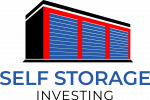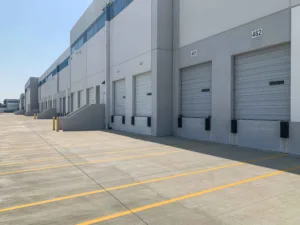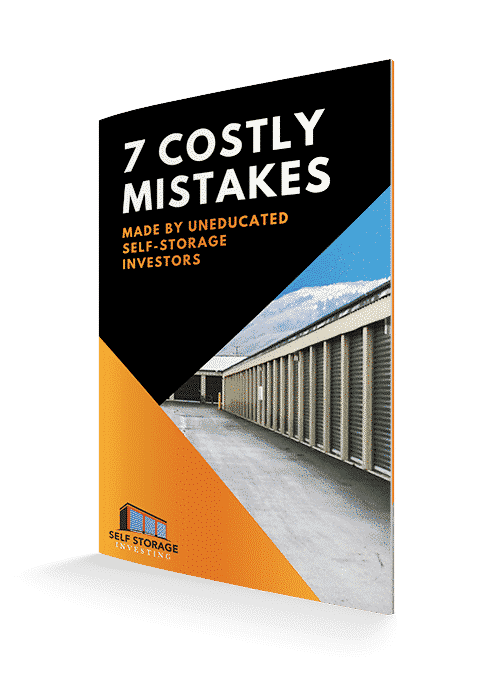The COVID-19 pandemic has shown many industries are vulnerable to market changes. Yet the same has not happened in the self-storage industry.
Instead, experts predict the self-storage market to be worth $115.62 billion by 2025. It’s often described as being recession-proof.
That’s because people will always need more space than they have right now. They might need it while moving home, downsizing, or just creating more space for hobbies.
As a result, getting into the self-storage industry is a good way to earn passive income. It’s a form of real estate investment, though you’ll face fewer issues as a landlord.
Intrigued about the market’s opportunities? Looking for self-storage investment tips? Read on for our guide to the self-storage industry.
Our Self-Storage Investment Guide
You don’t need a lot of funds to get started with self-storage. At its most basic, you just need a facility or the land on which to build one. It makes better financial sense to buy an existing facility.
The location will always be important when you’re choosing facilities for sale. Look at the sizes of the homes nearby. Those with smaller homes always need more storage, so demand is greater.
Think about your own location. Do you want to be a hands-on investor? Facilities nearby will make this easier.
Are you happy to leave the management of the facility to a third party? Then you can choose facilities further from your own location.
Even Bill Gates is a self-storage investor. He invested in StorageMart in October 2020.
Check for other storage facilities in the area to gauge competition. Do local homeowners and businesses have enough choice?
When you’re looking at an existing facility, check its cash flow history for the last three years. If it has gone down, ask why. There may be too much competition in the area. The facility might need a refurbishment or they may need to improve their marketing.
Know What You Want Upfront
Our biggest advice for investing in self-storage is to decide how you want the facility to be run. Do you want to be hands-off with a self-sufficient team?
Or do you want to charge a premium for extra storage functionality? This will dictate the types of facility you look at.
Drive-Up: Less Hands-On, Lower Tenancy Fees
The cheapest facility type is the drive-up center. These units are outdoors and tenants can drive right up to their unit.
They have the lowest maintenance needs and need the lowest level of staffing. Surveillance cameras, key code entry, and a security guard can handle security issues.
Climate-Control: Higher Fees but Higher Costs
Climate-controlled self-storage occupies a warehouse facility. It’s a great option for tenants who want to protect items from environmental factors.
As a result, you can charge more for storage since you need more technology to maintain the climate. You’ll provide more security, which also drives up the cost to tenants. Yet this requires more management at your end.
Mixed-Use: Balance Business Opportunities
Another option is mixed-use self-storage. You might run a facility at an office park where businesses can access document archives.
Or you might run a firm specializing in moving house. They in turn may offer self-storage to help their customers. These mixed-use facilities let you mix business opportunities.
Enter the Self-Storage Industry
The self-storage industry is a booming market with space to grow. It’s also recession-proof, which makes it a safer investment opportunity.
Decide how you’d like to run your facility before you check out properties. That way, you’ll choose a facility that matches your business goals. You’ll be earning passive income before you know it.
Would you like a trusted partner to help you get the most out of your investment opportunity? Contact us today for expert tips and advice.






